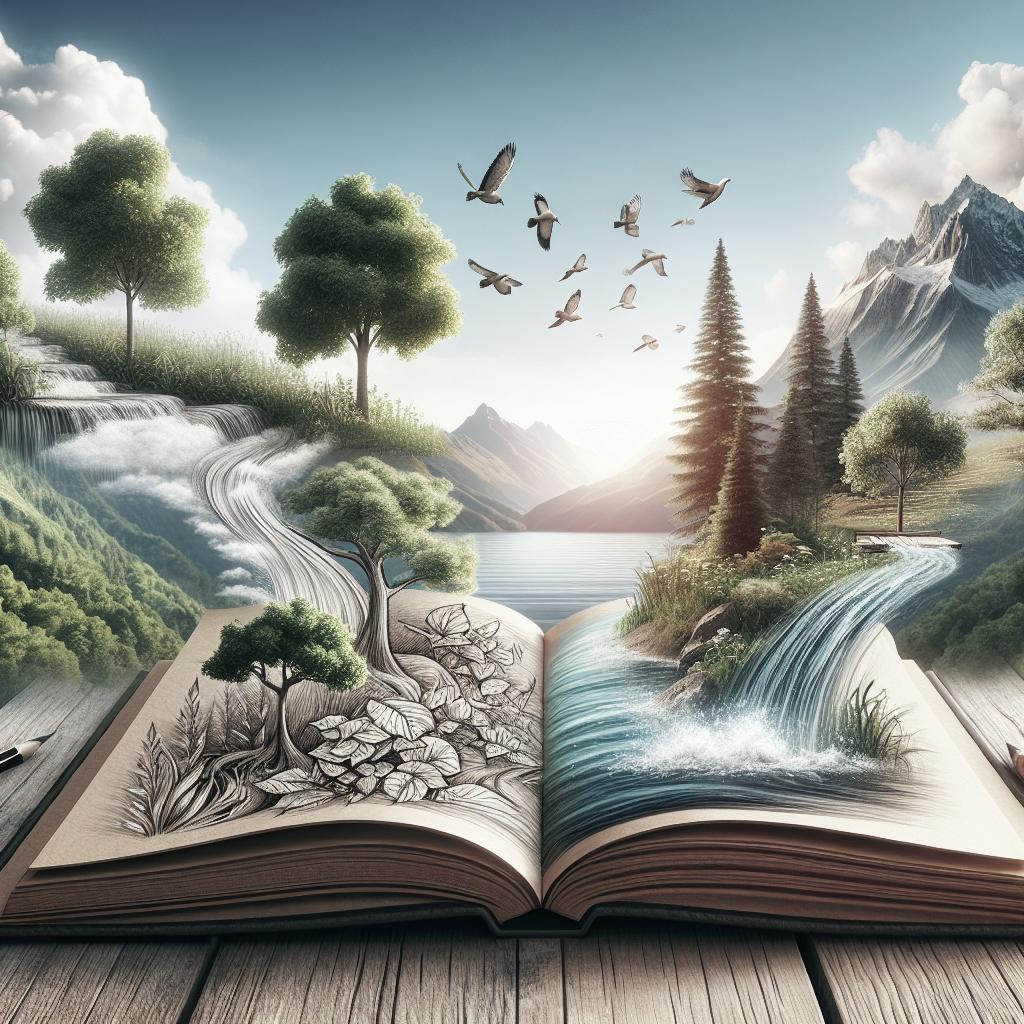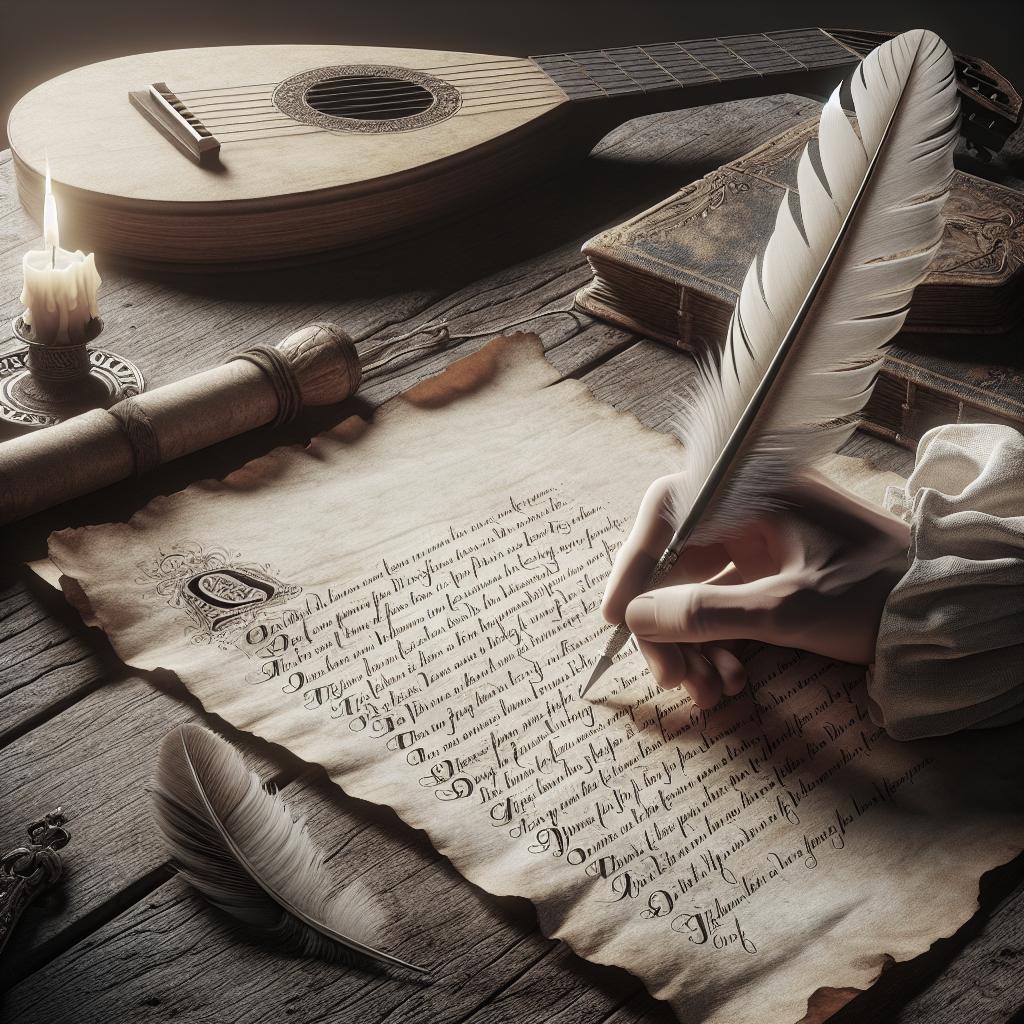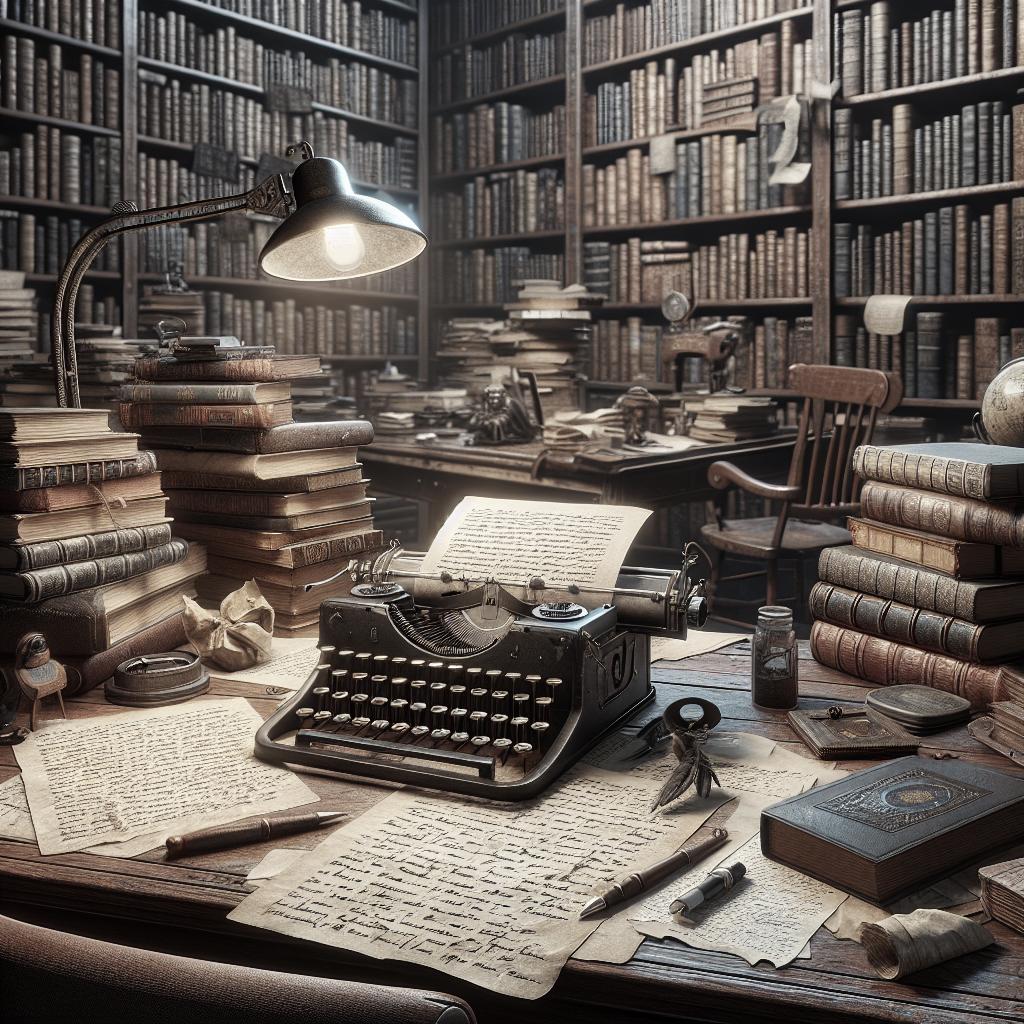### Introduction Imagery plays a critical role in writing, transforming flat words into vibrant mental images that captivate readers’ senses and emotions. It’s the art of painting pictures in the mind using words, and it’s entrenched in both creative writing and everyday communication. This blog post will explore what imagery is and distinguish between literal and figurative imagery. We’ll delve into how figurative language enriches imagery, followed by an in-depth examination of the seven major types of imagery—visual, auditory, olfactory, gustatory, tactile, kinesthetic, and organic. Real-world examples from literature, movies, songs, and daily language will illustrate the use of imagery. Finally, aspiring writers will be inspired to craft their own imagery to elevate their narratives and connect more deeply with their audiences. Get ready to embark on a sensory journey that will illuminate your understanding of imagery and its powerful impact on storytelling. ### What is Imagery? Imagery is a literary device that uses descriptive language to create sensory experiences and vivid images in the reader’s mind. It transcends mere storytelling by appealing to the senses—sight, sound, smell, taste, touch, and even internal sensations. This technique is crucial for grounding readers in a scene, evoking emotions, and making narratives more engaging and memorable. Through imagery, writers convey complex ideas simply by suggesting what something might look, sound, smell, taste, or feel like. Imagery can manifest in various forms, from vividly detailed descriptions to evocative metaphors and similes. It serves as a bridge between the text and the reader’s imagination, enabling a deeper connection to the story or message. By mastering this skill, writers unlock the potential to create immersive experiences that linger in the minds of their audience long after they’ve turned the last page. #### Literal Imagery vs. Figurative Imagery Literal imagery uses straightforward, explicit descriptions to paint a picture. It’s clear, precise, and devoid of embellishment, making it useful for conveying factual details and information. For example, “The sky was blue with scattered white clouds” is an instance of literal imagery, presenting an uncomplicated visual scene directly as it appears. Conversely, figurative imagery employs metaphor, simile, and other figurative language elements to stimulate the imagination. It often involves creative comparisons, suggesting likenesses that aren’t overtly apparent. Figurative imagery can infuse writing with depth and emotion, as seen in the simile “Her smile was as bright as the morning sun.” The comparison doesn’t just depict a visual scene; it evokes warmth and positivity, offering insight into the character’s mood or personality. #### Imagery & Figurative Language Figurative language enhances imagery by adding layers of meaning and emotion. Metaphors, similes, and personification allow writers to go beyond literal descriptions, crafting visual, auditory, and emotional experiences that enrich their narratives. Metaphors create strong imagery by describing an object or action in a way that isn’t literally true but implies a symbolic truth, as in “Time is a thief.” Imagery and figurative language work in tandem to make writing evocative and impactful. By integrating these elements, authors can appeal to readers’ senses and emotions, enabling them to experience the story beyond the surface level. This effective combination often results in memorable lines that resonate, creating a lasting impression that extends beyond the page. ### 7 Major Types of Imagery to Elevate Your Writing #### 1. Visual Imagery Visual imagery is perhaps the most common and accessible form, engaging the sense of sight. It’s used to create mental pictures that allow readers to ‘see’ the characters, settings, and actions within a narrative. Through vivid descriptions of color, shape, size, and movement, visual imagery captivates readers’ imaginations, such as in “The golden wheat fields stretched endlessly under the azure sky.” Writers often leverage visual imagery to set the scene, create mood, and develop character appearance. By focusing on specific visual elements, they guide readers through a cinematic experience powered by imagination. #### 2. Auditory Imagery Auditory imagery utilizes descriptive language to engage the sense of hearing. It involves the depiction of sounds in a way that readers can ‘hear’ within the narrative. Examples include the gentle whisper of leaves in the wind or the cacophony of a bustling city street. This type of imagery is crucial for setting the atmosphere and providing a more holistic understanding of the environment and actions taking place. “He heard the distant echo of a train whistle, slicing through the still night” not only places the reader in the scene but also enhances the emotional undertone of solitude or anticipation. #### 3. Olfactory Imagery Olfactory imagery appeals to the sense of smell, a powerful trigger for memory and emotion. Writers use this type of imagery to enrich the scene by incorporating scents that can conjure personal experiences for the reader. For example, “The pungent aroma of the freshly brewed coffee seeped into the room, awakening his senses.” Smells are deeply tied to emotional recollection, and olfactory imagery can evoke nostalgia, disgust, or comfort. Through carefully chosen scents, writers can craft meaning and connect readers to the narrative on a sensory level. #### 4. Gustatory Imagery Gustatory imagery pertains to the sense of taste, describing flavors and sensations experienced by characters. This is particularly effective in writing that involves food, dining scenes, or any situation that involves tasting commonly known flavors. Consider the sentence, “The tartness of the lemon made her wince, her taste buds dancing with tingling delight.” By incorporating gustatory imagery, writers enable readers to experience tastes vicariously, which can enhance both realism and immediacy within scenes involving taste-related actions or events. #### 5. Tactile Imagery Tactile imagery describes the sense of touch, involving textures and physical sensations. This form of imagery allows readers to ‘feel’ the surfaces, temperatures, and sensations that characters encounter. An example of tactile imagery is “The soft, silky fabric glided over her skin like a gentle breeze.” Tactile imagery is essential for crafting realistic interactions with objects and spaces, grounding readers in physical experiences that heighten their connection to the narrative. #### 6. Kinesthetic Imagery Kinesthetic imagery pertains to movement and the experience of physical activity. It encompasses perceptions of steps, gestures, or the flow of motion in a scene. Writers use kinesthetic imagery to animate their narratives, as in “He sprinted through the forest, his feet pounding against the earth, lungs burning with each stride.” By vividly depicting motion, authors make action sequences more dynamic and immersive, allowing readers to visualize and empathize with the physical exertion or grace of characters. #### 7. Organic Imagery Organic imagery connects to internal sensations and emotions, reflecting what characters feel inside their bodies. This could include descriptions of hunger, thirst, pain, or emotional reactions like fear and excitement. For example: “A cold dread surged through her veins, leaving her feeling hollow and breathless.” This imagery focuses on genuine, lived experiences, enabling readers to perceive the character’s internal realm, thus deepening their engagement with the story’s emotional elements. ### More Imagery Examples #### Examples of Imagery in Literature Classic literature abounds with vivid imagery. In “The Great Gatsby,” F. Scott Fitzgerald uses visual imagery to depict opulence and decay, painting rich scenes of the era’s glamour and underlying emptiness. Similarly, in “To Kill a Mockingbird,” Harper Lee employs auditory and visual imagery to convey the tense and atmospheric courtroom scene. Imagery in literature often serves to reinforce themes and character motivations, drawing readers into a world that feels both authentic and thought-provoking. These examples demonstrate that skillful imagery is instrumental in fostering a deeper understanding and appreciation of narrative worlds. #### Examples of Imagery in Movies, Songs, & Everyday Speech Imagery is not confined to literature; it’s also prevalent in films, songs, and everyday language. Movies utilize visual and auditory imagery to create compelling scenes, such as the storm scenes in “Forrest Gump,” where rain and sound are layered to establish mood. In songs, imagery enriches lyrics, evoking emotions through metaphor and sensory language. Bob Dylan’s “Mr. Tambourine Man” uses poetic imagery to inspire vivid landscapes and emotions. Even in casual conversation, people often use imagery—like saying “I’m drowning in work”—to articulate experiences. ### Ready to Write Your Own Great Imagery Examples? With a grasp of imagery’s nuances and examples across diverse media, you’re equipped to infuse your writing with sensory depth and resonance. Whether you’re crafting fiction, poetry, or even non-fiction, the strategic use of imagery can significantly enhance the reader’s experience. Start experimenting with the types of imagery that resonate most with you, and observe how they enrich your storytelling. Always remember that imagery is a powerful tool that, when wielded with intent and creativity, can elevate your writing to new heights of engagement and impact.
| Aspect | Description |
|---|---|
| What is Imagery? | Descriptive language that appeals to the senses, creating vivid mental images. |
| Literal vs. Figurative Imagery | Literal is explicit and straightforward; figurative involves creative comparisons and symbolism. |
| Imagery & Figurative Language | Figurative language such as metaphors enriches imagery by adding layers of meaning. |
| Visual Imagery | Engages sight through descriptive visuals such as colors and movements. |
| Auditory Imagery | Represents sound through descriptive language, creating audio landscapes. |
| Olfactory Imagery | Engages smell, evoking emotions and memories tied to scents. |
| Gustatory Imagery | Describes tastes, enhancing scenes with flavor experiences. |
| Tactile Imagery | Appeals to touch, detailing textures and physical sensations. |
| Kinesthetic Imagery | Relates to movement and physical activity within a scene. |
| Organic Imagery | Reflects internal sensations, including emotions and bodily experiences. |
| Examples in Literature | Classic texts often use vivid imagery to convey themes and enhance narratives. |
| Examples in Movies, Songs, & Speech | Visual and auditory imagery enrich films, songs, and everyday language. |


